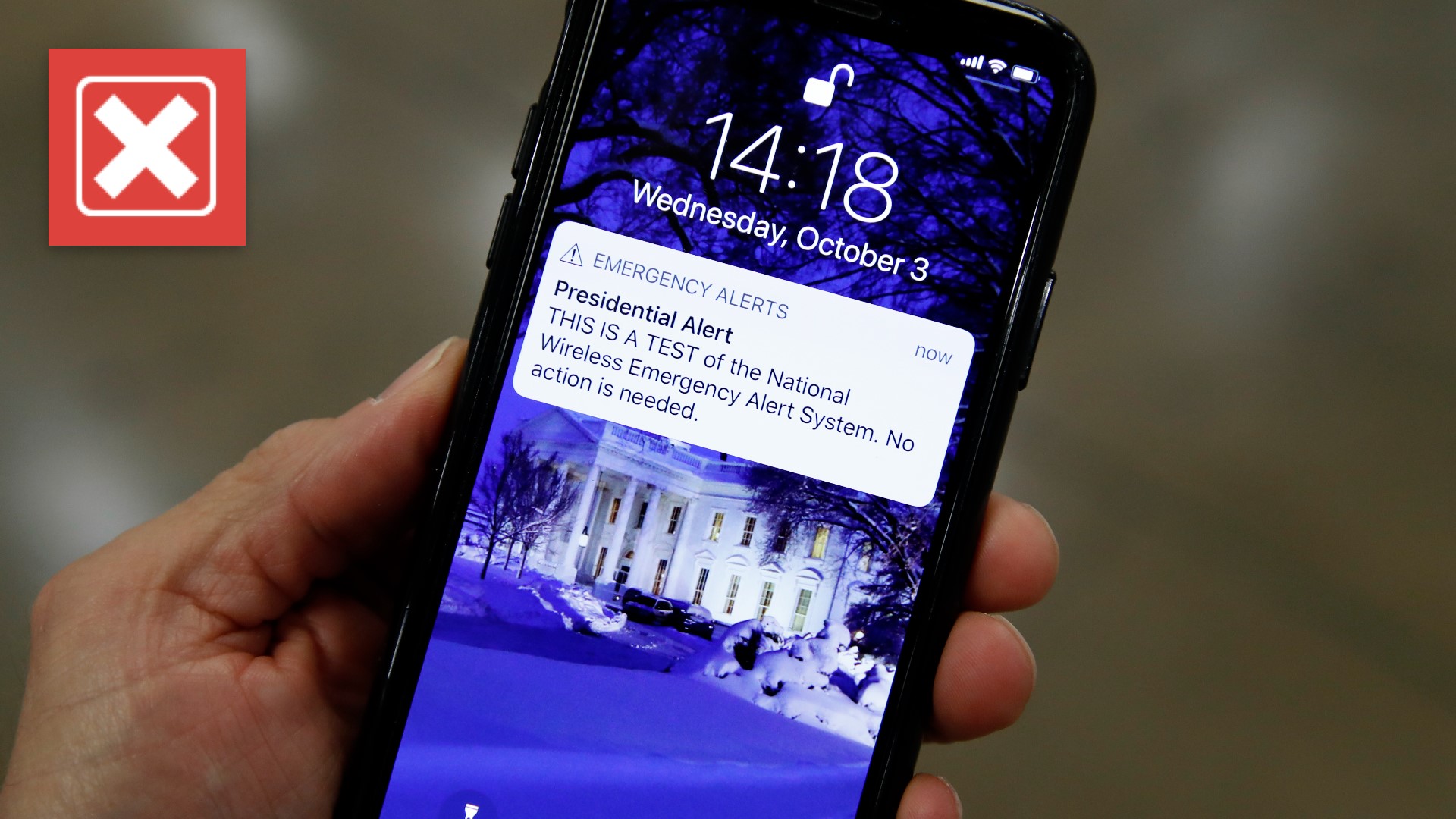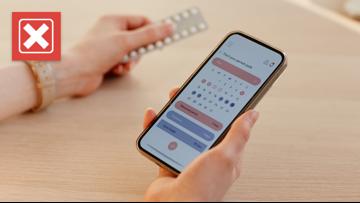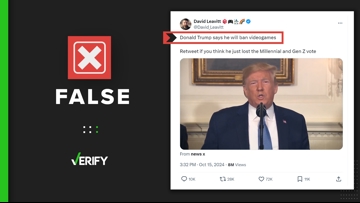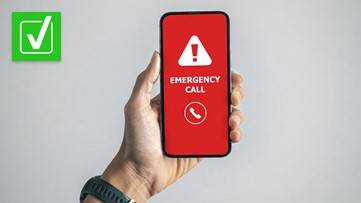The Federal Emergency Management Agency (FEMA) and the Federal Communications Commission (FCC) held their sixth ever nationwide test of the Emergency Alert System (EAS) and second ever nationwide test of the Wireless Emergency Alerts (WEA) on Aug. 11.
FEMA sent out a reminder of the upcoming test a few hours ahead of time on social media, but several VERIFY viewers wondered why they didn’t receive the test on their phones. On social media, people also shared concerns about the system failing or being at risk of a real emergency because of the missing test message.
THE QUESTION
Did the FEMA emergency alert test sent on Aug. 11 fail?
THE SOURCES
- Federal Communications Commission (FCC)
- Federal Emergency Management Agency (FEMA)
- Verizon, AT&T and T-Mobile
- CTIA, the wireless industry association
THE ANSWER
No, the emergency alert test did not fail. While most phones released in the last few years have emergency alerts turned on by default, test alerts are often turned off by default.
WHAT WE FOUND
FEMA and the FCC announced their upcoming test a couple of months in advance with an outline of what people could expect from the test. Both the EAS, which are the alerts that come through television and radio broadcasts, and WEA, which come through cell phones, would be tested.
The announcement says the WEA portion of the test would only be sent to “phones that have opted in to receive WEA test messages.”
This is different from the only other nationwide test of the WEA system. A FEMA FAQ explains a 2018 test of a “presidential alert” was sent to all phones with WEA capabilities. One of the reasons for this second test, FEMA explained, was to test optional alert settings.
Both FEMA and the FCC explain that this “opt-in” is specifically for tests — not for regular alerts.
“Consumers will automatically receive real emergency alerts on compatible phones (even if they do not receive the test message),” an FCC press release says.
The reason test alerts are the only ones consumers have to opt into, the FCC’s WEA consumer guide explains, is because it “enables officials to test the system without disturbing the public.”
CTIA, the wireless industry association, says 99% of wireless subscribers use a service that participates in the WEA program. CTIA explains phones that receive emergency alerts are marked as such by a logo on the phone’s packaging. Service providers, including each of the three largest in the U.S., keep a list of which phones can receive emergency alerts. Almost all phones released in the last few years, including iPhones since the 4S, most of the Samsung Galaxy family and all of the Google Pixel family, can receive alerts.
Consumers can opt in or out of most alerts. The best way to double-check if your alerts are on is through your phone’s settings.
The FCC provides general instructions on how to opt in to test messages for both Android devices and iPhones. Android devices can opt in through the phone’s settings, while iPhones have to dial a number to opt in.
Android users can check their other emergency alert settings on the same settings page they use to turn on test alerts. iPhone users can check their other emergency alert settings by going to the notifications submenu in their settings menu.
HOW CAN I CHECK IF I’M OPTED INTO TEST ALERTS?
If you have an Android:
Follow one of the following paths:
Tap Apps → Emergency Alerts → Menu (three dots in the upper right-hand corner of the screen) → Settings → Alert types.
Tap Apps → Settings → Apps & Notifications → Advanced → Wireless Emergency Alerts.
Tap Apps → Settings → Search for “Emergency Alerts” or “Public Safety messages.”
Tap your text messaging app → Menu (three dots in the upper right-hand corner of the screen) → Settings → Advanced → Wireless Emergency Alerts
Toggle the switch for Emergency Alerts
If you have an iPhone:
Open the Phone app
Tap "Keypad" on the bottom
Dial "*5005*25371#"
Press the green "Call" button. You'll see an alert on the screen that reads "Test Alerts Enabled"
Tap "Dismiss" at the bottom of the screen
More from VERIFY: Yes, wildfires can create their own storms












